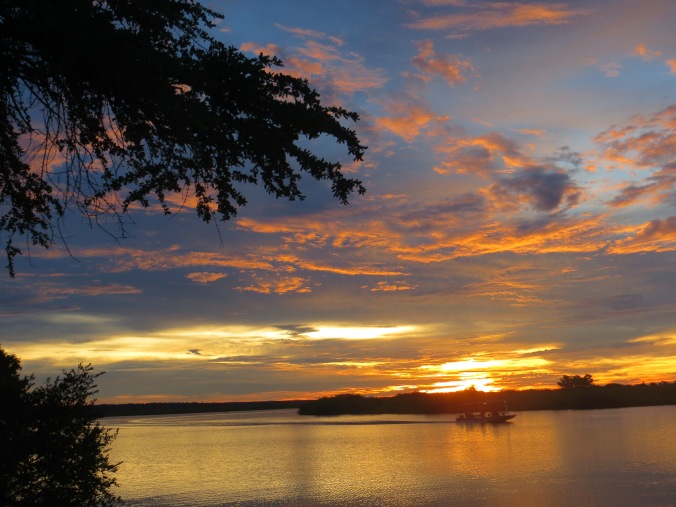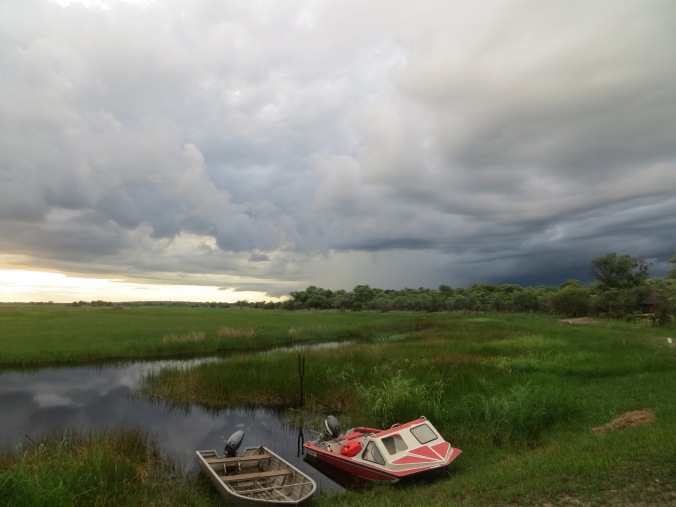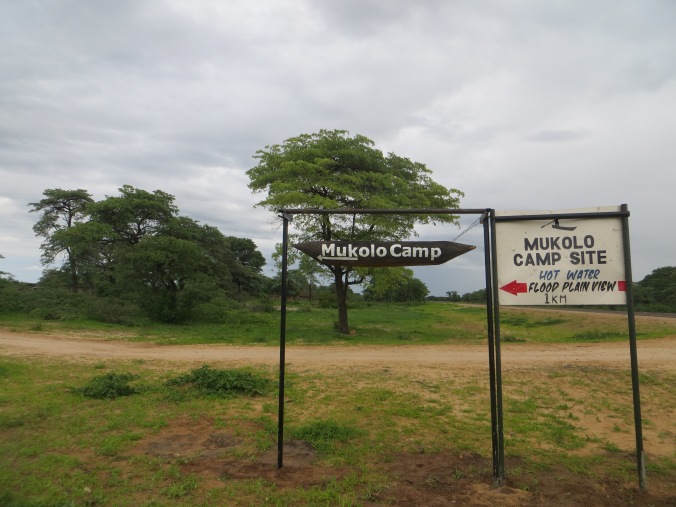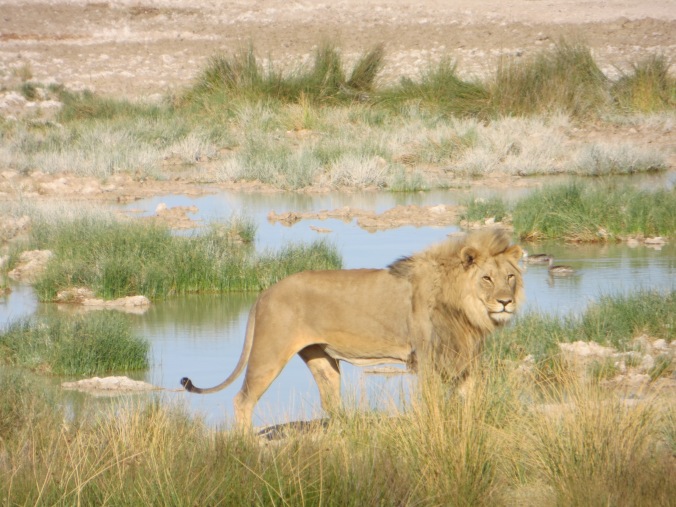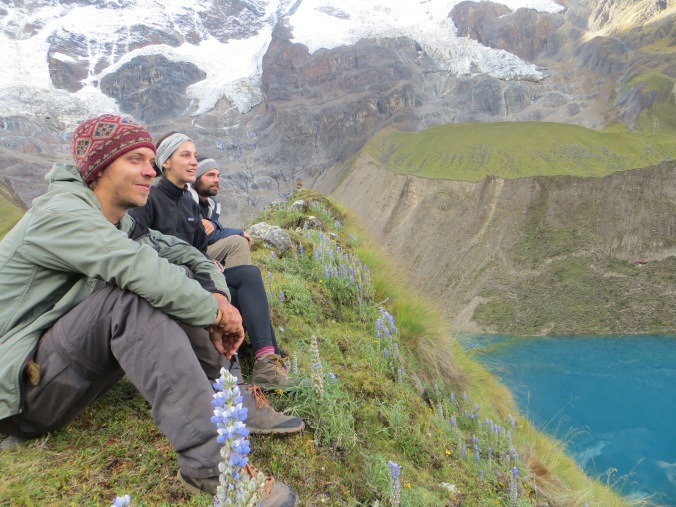I don’t read a lot nowadays. While I loved reading during my childhood and as a teen, I kind of stopped when we started analyzing literature in school and I was forced to read some books I would still classify as super boring. Funny how being told do do something you like can actually make you like it less.
While travelling however I pick up a book every now and then and in the past few moths I read a few books that made me reconsider dopping the habit of reading. It is also interesting how I came across some of them, so I decided that I would briefly introduce you to everything I have read this year in cronological order.
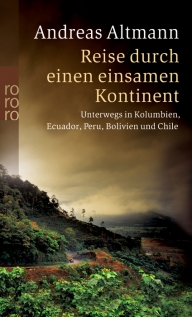
Reise durch einen einsamen Kontinent [Journey across a lonely continent] – Andreas Altmann (2007)
How we met: It was gifted to me by my colleagues as a goodbye present
In one sectence: Journalist Altman travels through lesser visited areas of Colombia, Ecuador, Bolivia, Peru and Chile, meeting different people while making observations on their lives and culture.
What I thought of it: The book is an easy read. At its best it’s interesting and anyone who has been in Southamerica will come across familiar observations. Someone selling an overpriced all-curing tea on a bus, weird religious quirks, the constant backround noise of honking and reggaeton. The book strings together everyday situations and interesting encounters. But at times Altman goes a step further than just observing – he knows what the people are really thinking, he has an explanation for everything and sees what is really wrong with these coutries. Just like him people should read more books and realize that religion is a delusion. And why the hell are they sleeping or watching a movie on a 12 hour bus ride when the landscapes are so pretty? Stupid Southamericans! I don’t know if Altman would be just a judgy about Germans sleeping on trains, but he frankly comes across as a huge dick in some chapters (see also this german amazon review which is on point).
In short: Meh with a side of eurocentrism.
Should you read it: No. You could be reading something more entertaining and less smug.

On the road – Jack Kerouac (1957)
How we met: Another gift, this time by my former flatmate Georg who claimed it was one of the best books he’d ever read. And he reads a lot!
In one sentence: Kerouac recalls several years on the road with his crazy friend Neil Cassady, crossing the coutry no less than four times and even crossing into Mexico with their group of friends, aquaintences, wives and lovers.
What I thought of it: I loved this book! I know everyone and their mum has probably read the book already, but it completely changed my perception of the fifties, travelling and youth culture in general. Although it doesn’t have a storyline in a classical sense it is like a rush and I always wanted to know what happens next. The language is amazing – bold and honest as if a friend was telling you a story, but still very poetic. Knowing that all these characters really existed and the legends surrounding the making of this book certainly add to its appeal, too. I can see how this book influenced a whole generation.
In short: Amazing, wild and rebellious!
Should you read it: Hell yes! I think even I will read it again and I have never read a book twice in my life!

V wie Vendetta [V for Vendetta] – Alan Moore & David Lloyd (1982)
How we met: I found it at Nowhere in the Dustybrary (a kind of book exchange) shortly after flicking through a friends comic books which made me very curious about graphic story telling.
In one sentence: In a totalitarian facist Great Britain anarchic terrorist V tries to defy the system.
What I thought of it: This comic has so many amazing facets I don’t even know where to start. First of all the story and dialogue are really well written, with unexpected turns and interesting charcters. But then the drawings reflect the mood and characters perfectly as well. I especially loved how surreal and artistic the whole thing felt at times while still keeping up the very real scenario of an opressive dictatorship. My expectations of the comic were far exceeded and most importantly it really made me think about freedom, morals and civic responsibility in a new way (much more so that ‘The Strager’). Finally it made me realize how much I’d been missing out on since my childhood. Comics are awesome (hint if anyone is already thinking about my next birthday present 😉 )! I guess I had alway thought about comics as a form of light entertainment and I have to admit that I was super wrong about this.
In short: Clever and thoughtprovoking.
Should you read it: Defnitely! This comic sucks you in, manages to surprise and make you think.

The Stranger – Albert Camus (1942)
How we met: Another Nowhere Dustybrary find. I have to admit that I mainly chose it because of its pretty cover and because I thought the first sentences were odd.
In one sentence: Shortly after the death of his mother, an ordinary man gets drawn into a senseless murder on an Algerian beach.
What I thought of it: This book is a little weird in how simple and unemotional it is. This of course reflects the character of its first person narrator and is a large part of its message, but it takes a while to figure out what this message could possibly be. In fact the book left me puzzled in a way and even now I am not shure if ‘I got it’. What I really loved though was that it is very engaging. It’s a quick read in easy language, which proves that philosophy does not need super long overly complicated sentences that require years at uni to even try to understand them. That said I had to google after I read the book to understand more about it – but it did make me very curious and I guess if I read it again (which I probably won’t) I would now probably see a lot of aspects that I failed to notice the first time.
In short: Simple, yet philisophical.
Should you read it: Yes, I think so. Though I was not blown away and a lot of its deeper meaning was probably lost on me, it was very interesting and it’s a quick and easy read.

Engel, Kif und neue Länder [Desolation Angels]– Jack Kerouac (1971)
How we met: While sorting books for a free community shop at my workaway in Portugal I came across this and as I am obsessed with Kerouac now I had to read it.
In one sentence: Although Kerouac has now decided to lead a quiet life dedicated to writing he is dragged into new adventures by his friends and ends up having a revelation on Morphium which makes him move across the country with his mum.
What I thought of it: This is kind of the aftermath of ‘On the road’ and to be honest it is not as good. It reveals more about Kerouacs relationship with William S. Burroughs and even more so his mum. I personally missed Neal and the rush of events that makes on the road so amazing, but it is interesting to get to know more about Kerouacs doubts, fears and indecisiveness – being torn between different worlds.
In short: On the road, part two.
Should you read it: Maybe. To me ‘On the road’ is far better in a lot of aspects, but if you loved ‘On the road’ you will also like this book.

Herr Lehmann – Seven Regener (2003)
How we met: While visiting my friend Sarah I was looking for a new book to read and found this one in her collection.
In one sentence: Mr Lehman, who is almost 30 and works in a bar in Kreuzberg in Westberlin, is unambitious and hates change but a number of people and incidents might force him to leave his comfort zone.
What I thought of it: Again, I am probably the last German to read this book and I haven’t even seen the movie although it was hyped. And to be honest not too much happens in both this book and Herr Lehmanns life – but you can’t help but like him and his group of friends. Everyone has probably met someone who is a bit like the hero of this book and can relate to him on some level. He is comfortable in his own routines, loves his parents but prefers not to be visited by them too often, is almost 30 but without goals and ambitions and likes to spend his free time drinking beer. If he could he’d avoid to ever leave Kreuzberg for anything. So this book is really about him and his thoughts and in the process of reading it Herr Lehmann becomes like a friend to the reader.
In short: A book like drinking a beer with an old friend.
Should you read it: Yes. Especially if you like beer and bar conversations.
